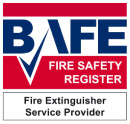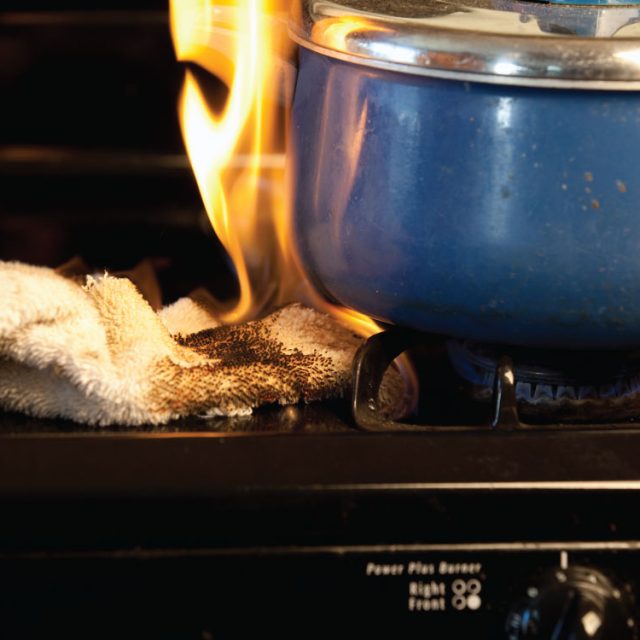26 March 2021
How to Identify and Extinguish Class C Fires
A Class C fire is a fire involving flammable gases. Flammable gases are used in a variety of applications, from construction projects to cooking and the automotive industry, and it’s important that you’re able to identify such fires and know which type of fire extinguishers are appropriate for use in these situations. That’s why the team at Fire and Security Group have created this guide to identifying and extinguishing Class C fires.

What is a Class C Fire?
Class C fires can be extremely dangerous and explosive, and they can stem from all manner of things. Whether you’re cooking on a gas hob or you’re working with gas canisters as part of a construction project, if the gas is not controlled and it is ignited, the consequences can be catastrophic. Common examples of flammable gases are butane and propane. The gas we use in our mains at home is mainly methane, but with elements of ethane and propane and other hydrocarbons.
How do I Identify a Class C fire?
A gas fire is clearly detectable, but such fires are extremely volatile and may explode without warning. If you can see a flamethrower-type effect, then it is a Class C fire and you must react very quickly.
How to Extinguish a Class C Fire
Class C fires are very difficult to completely extinguish – it is better to take the appropriate precautions to avoid one entirely – but the correct type of fire extinguisher to use on a Class C fire is a powder fire extinguisher. These extinguishers are versatile and can be used on various types of fire, but you must only combat a Class C fire with a powder extinguisher. The powder suppresses the fire by smothering it and cutting off its oxygen supply. It’s important that action is taken quickly because gas fires can spread rapidly, and any sudden explosions can cost lives and completely destroy structures.
How to prevent Class C Fires
There are steps you can take to minimise the likelihood of gas fires breaking out. Firstly, all gas appliances and systems should be fully switched off when not in use, and if you can smell or hear a gas leak in your property, evacuate immediately and call the National Gas Emergencies number. Do not switch on any lights or electrical equipment.
If you work with gas, then all flammable gases must be stored securely and as far away as possible from any and all ignition sources. You should ensure that all gas canisters are in good condition and not damaged in any way.
A fire risk assessment will identify any weaknesses or errors in your fire safety preparedness – arrange for an assessment from the experts at Fire and Security Group to ensure your property is safe and you’re fulfilling your legal duty to your staff, tenants and customers.
Fire and Security Group are expert providers of fire safety equipment, fire risk assessments and fire safety training across the UK. For more information, contact us today and we’ll be happy to help.

